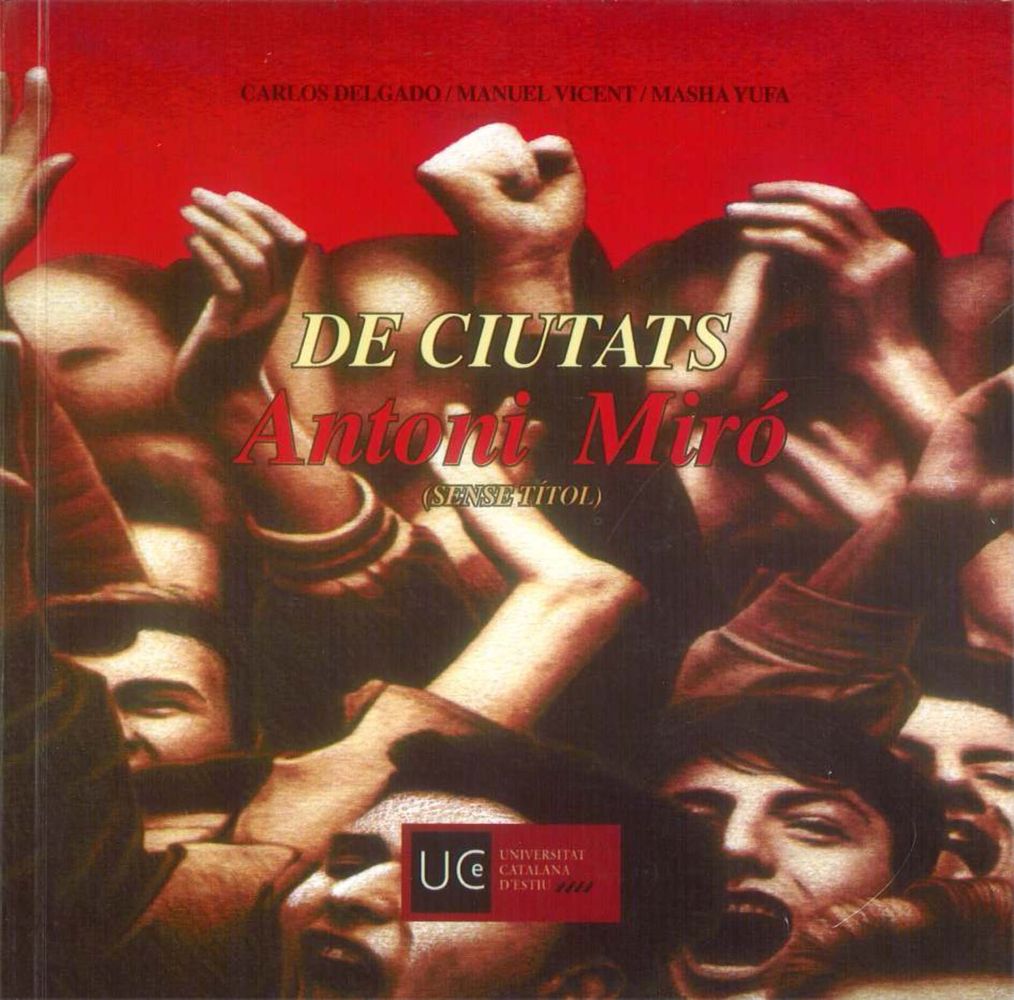Close realities of Antoni Miró
Carlos Delgado
Under the evidence of reality that Antoni Miró portrays in his paintings, there is always the certainty of a latent meaning. The artist adjusts figurative resources towards different extremes, so that everything, even what we recognize as belonging to our everyday life, is transformed into something disturbing and surprising. His ability to draw, his subtle chromatic distortions and the daring compositions are key tools for the creation of the sieve that codifies the reading of what is real and activates the need for careful contemplation.
Behind his steps as a painter, steps which have marked a long and recognized trajectory, we have always noticed the persistence of social denunciation. And even if it has been more evident in earlier periods, his present works still show the imbalance between different social levels and the indifference that terrible situations turned usual can generate. But, if the repetition of an image may eventually reduce its inherent drama -for example, the arrival on our coasts of a flimsy boat filled with African immigrants-, the artist knows how to eliminate the habit of dramatism from his gaze without falling into the alarmed cry. His gaze captures with subtlety, it does not erase the tragic tones but it also does not deform them. It is this complete balance that gives definite strength to his compositions of denunciation.
On the other hand, the artist revises mass culture icons without another turn of the screw on the known assumptions of Pop art. His work revises fragments or global visions of modern cities, cars and mannequins, with the same interest used in showing a Berber ceramic set. The poetics of daily life are taken from their environment occasionally so as to confront the spectator’s gaze with the essence of an inert reality that we contemplate with admiration on our daily journey.
All of these social patterns are not, even though they are important, the main value of Antoni Miró’s painting. Maybe what produces an immediate seduction of his work is the artist’s capacity to transform the scenography of the 21st century into something that w e are able to identify, but that, thanks to the plastic strategies used by the artist, we have trouble recognizing as our own.
